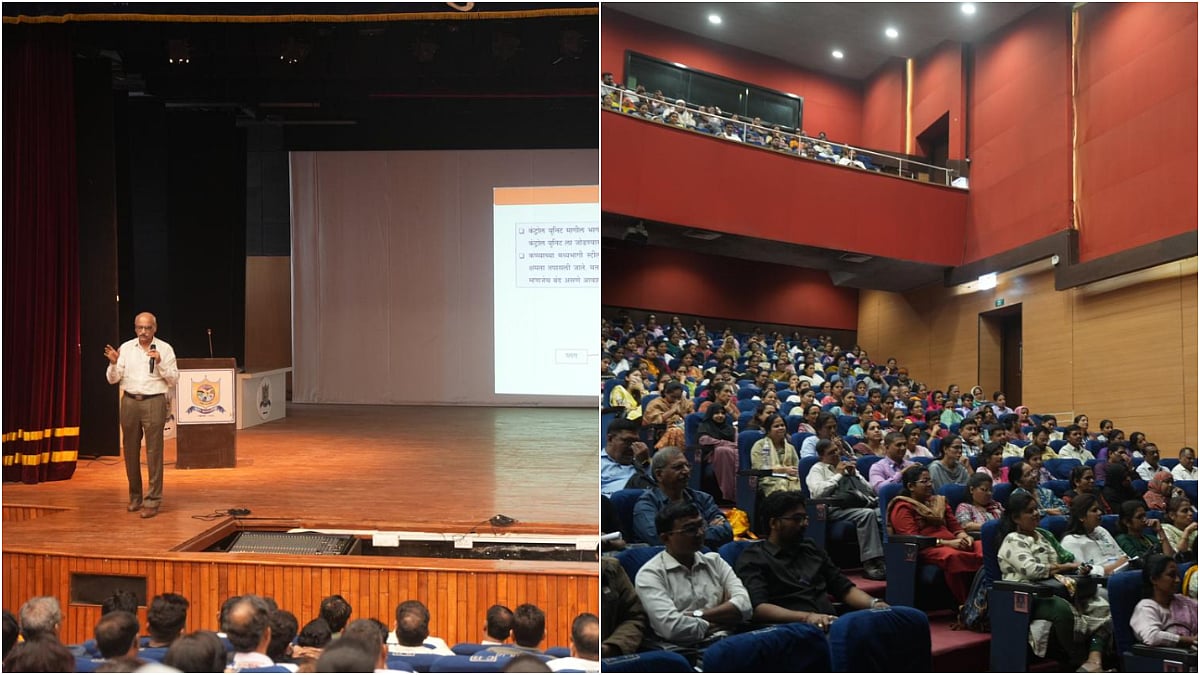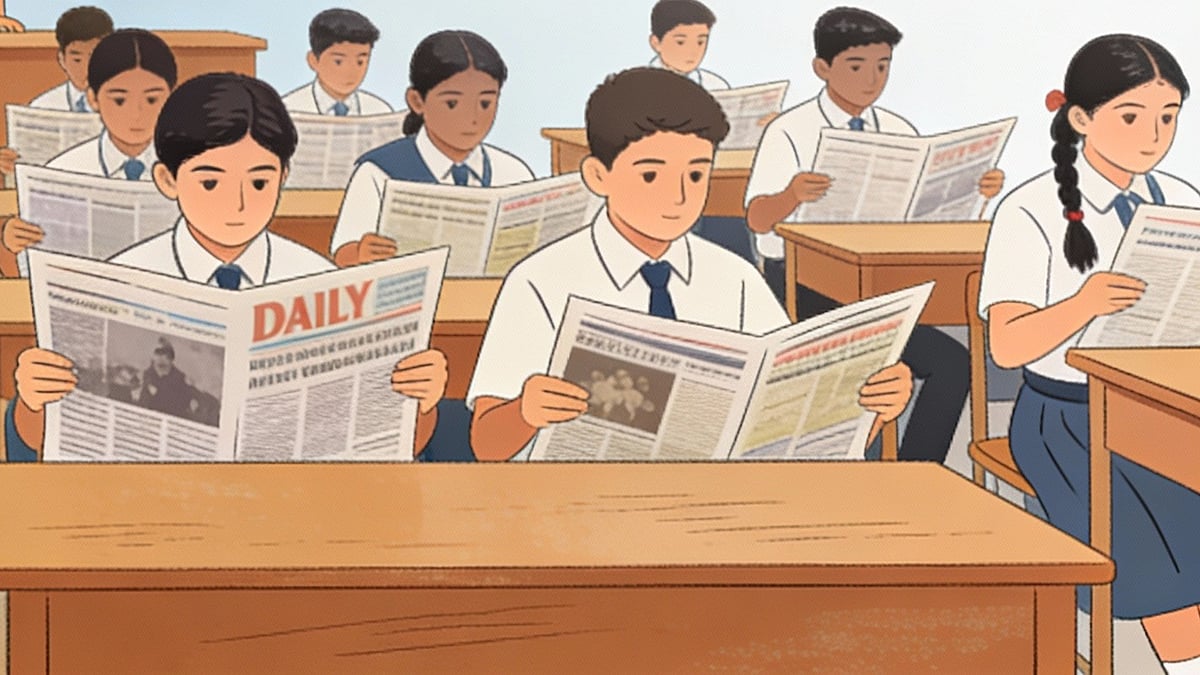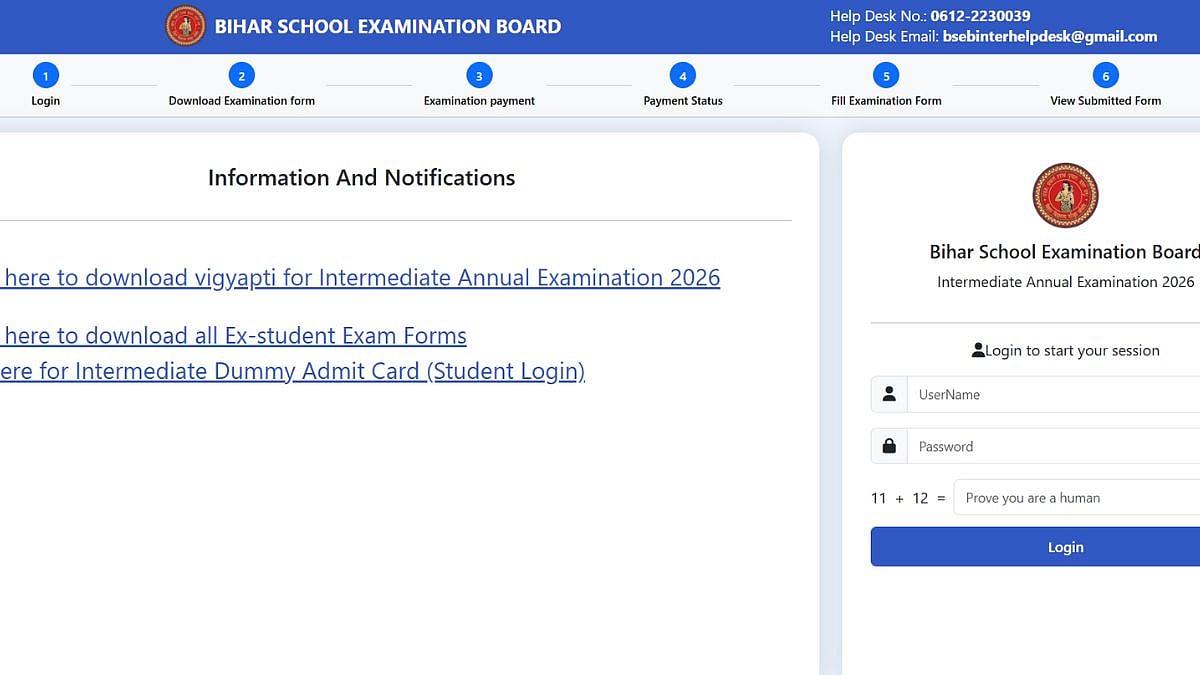After the Maharashtra government's plan to provide a common uniform to all primary school students across state-run schools failed to take off this academic year, it will now implement the scheme from 2024-25.
Under this plan, the government will centrally procure uniforms for around 50 lakh students in classes 1 to 8 and disburse them to schools across the state.
Each student will get two uniforms consisting of a sky-blue shirt and dark blue shorts or trousers for boys and a top-skirt or a salwar-kameez of similar colour pattern for girls. One of the uniforms, which is to be worn for Scout and Guide hours, will also have shoulder strips and double pockets.
The 'one state, one uniform' initiative will replace the current practice of providing cash - Rs 600 for two uniforms per student each year - to school management committees (SMCs) of the respective schools, which then decide the make of the uniform and get them stitched locally.
While the state had come up with the idea in May this year, it was unable to implement it in the current academic year due to opposition from private vendors who had already begun manufacturing the costumes. However, the government still asked the schools to have one of the two uniforms to have a standardised design and colour.
The change in policy is aimed at providing better quality clothes at a reduced cost and giving an identical appearance to students across the state.
"We think that the clothes should be from a standard company and to ensure that the students get the uniforms on the first day of the school itself," said Ranjit Singh Deol, Principal Secretary, School Education Department.
While the state will procure the entire fabric from a single vendor through competitive bidding, it plans to employ the women's self help groups from across the state to sew the dresses.
When asked if the decision will lead to economic losses to the existing uniform manufacturers and traders, who may not be able to compete with large textile companies, Deol said, "That I can't say. It's not a big amount and they can also participate [in the bidding process]. Our priority is providing better quality clothes at a better rate," he said.
The move has been criticised by educationists who believe that it will lead to it opening up the door for corruption and take away the autonomy of schools and students in deciding their own uniforms.
"I don't mind the better quality fabric and a better price can be negotiated if the clothes are procured centrally. However, it's discriminatory to force the poor students at government schools to wear the same uniforms. At a time when the students are being given a choice to decide their own curriculum, it's a preposterous idea to not give them an opinion on what they want to wear. The government should have better priorities," said an education expert.
In December 2016, the state had briefly switched to the Direct Benefit Transfer (DBT) mechanism, where the money for uniforms was deposited directly into the students' bank accounts. However, the decision was withdrawn in 2018, after the government realised that applying various charges on beneficiaries’ accounts, which is making it difficult for them to access the money.










